Oliver Ressler
08.01.2021 – 12.03.2021
Exhibition Views
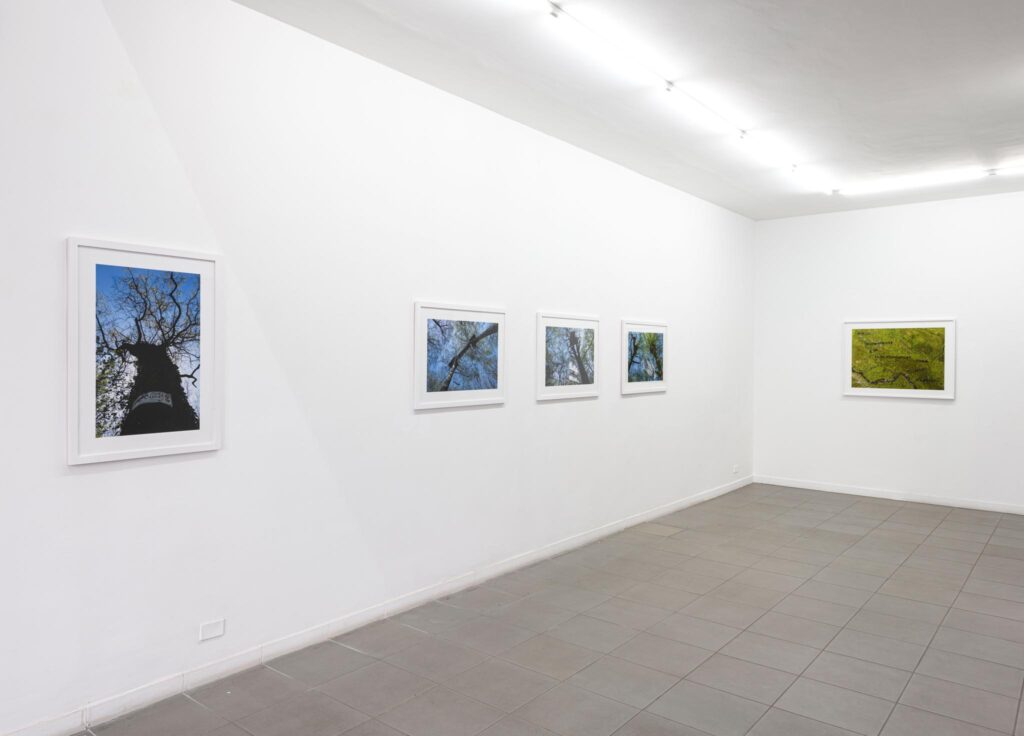
In and Against the War on Terra, 2021, installation view at The Gallery Apart (ground floor), photo by Giorgio Benni 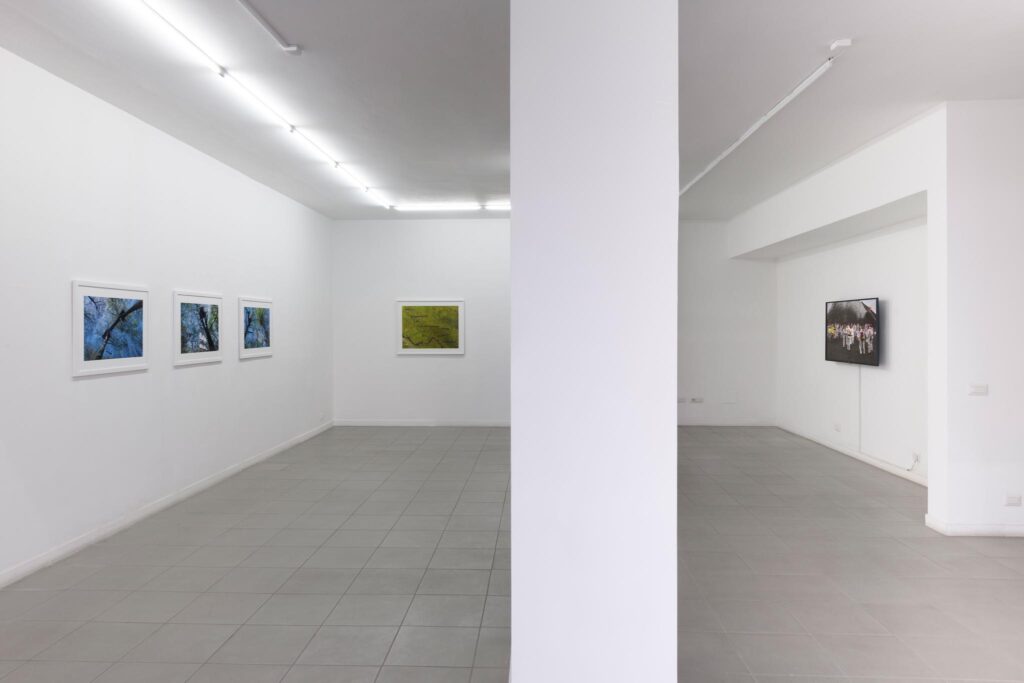
In and Against the War on Terra, 2021, installation view at The Gallery Apart (ground floor), photo by Giorgio Benni 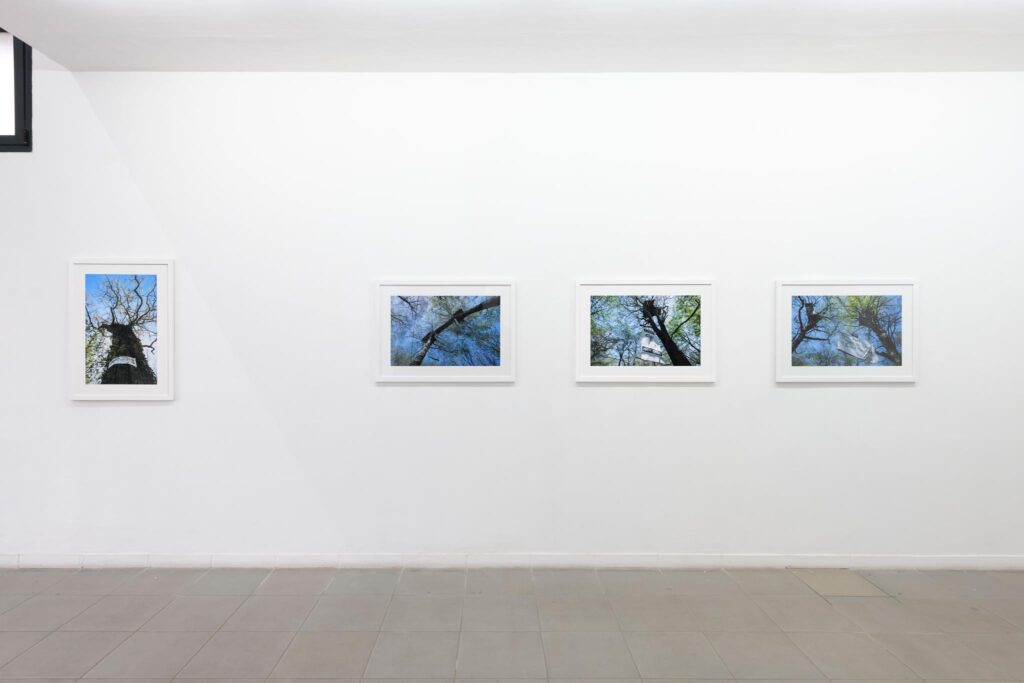
In and Against the War on Terra, 2021, installation view at The Gallery Apart (ground floor), photo by Giorgio Benni 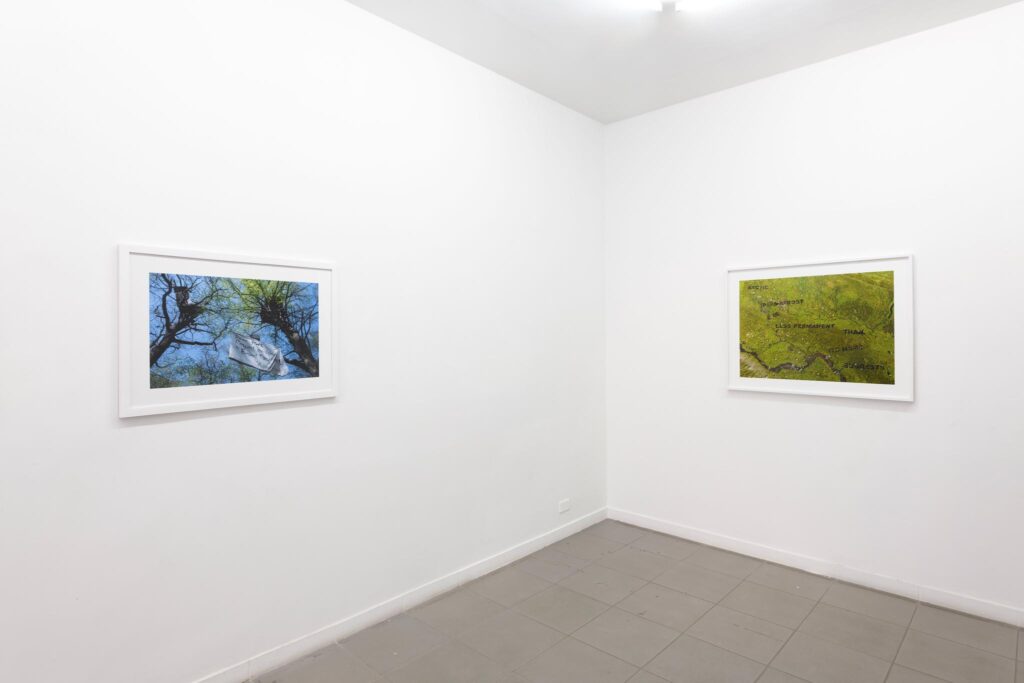
In and Against the War on Terra, 2021, installation view at The Gallery Apart (ground floor), photo by Giorgio Benni 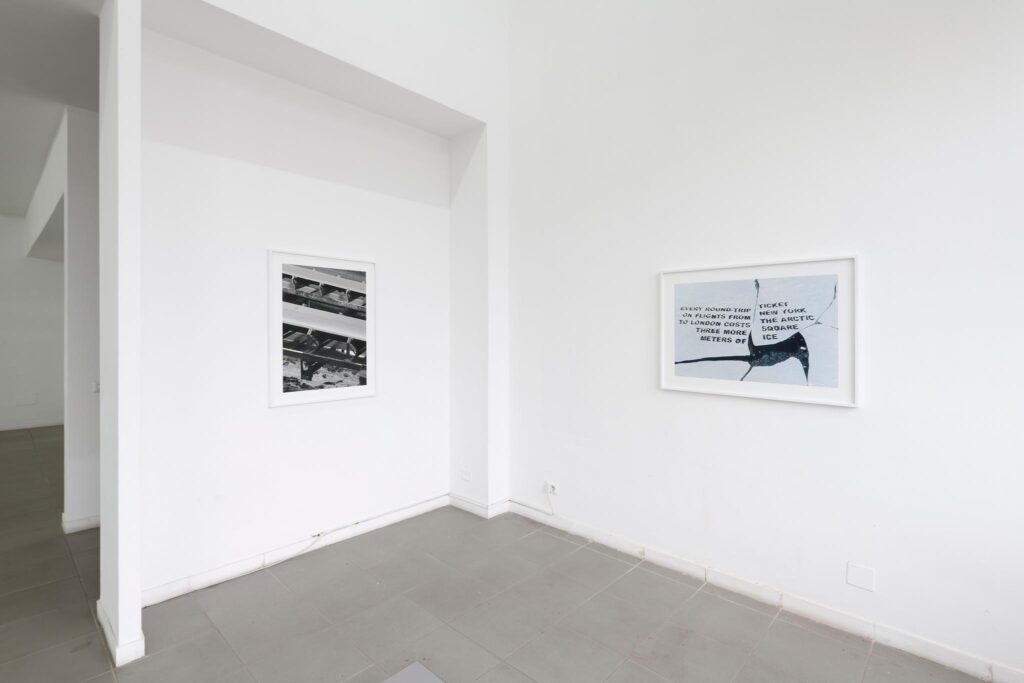
In and Against the War on Terra, 2021, installation view at The Gallery Apart (ground floor), photo by Giorgio Benni 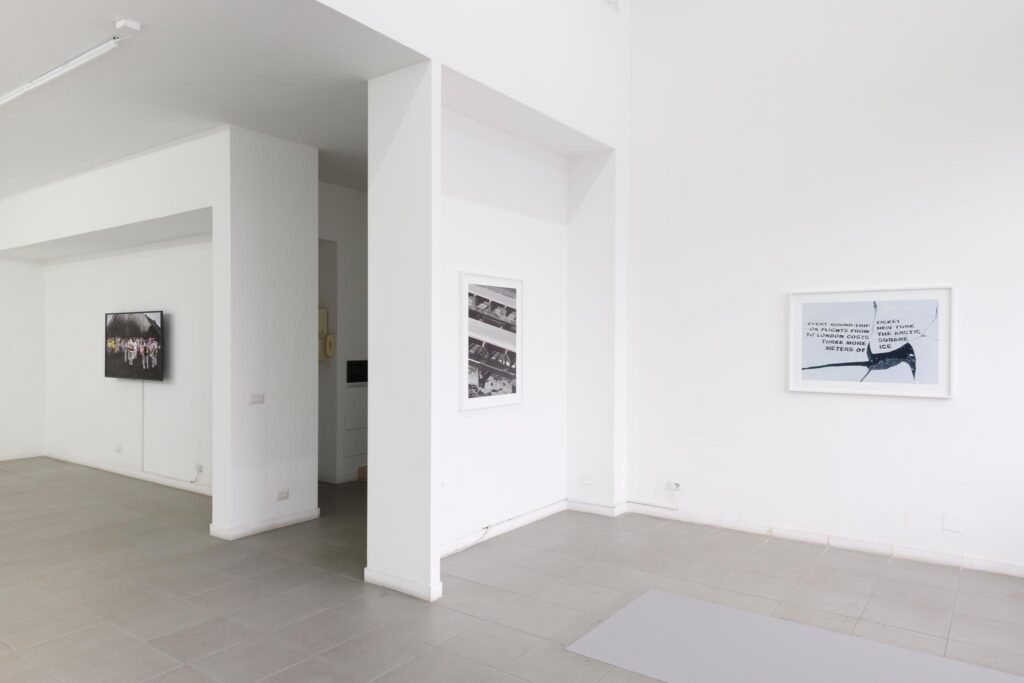
In and Against the War on Terra, 2021, installation view at The Gallery Apart (ground floor), photo by Giorgio Benni 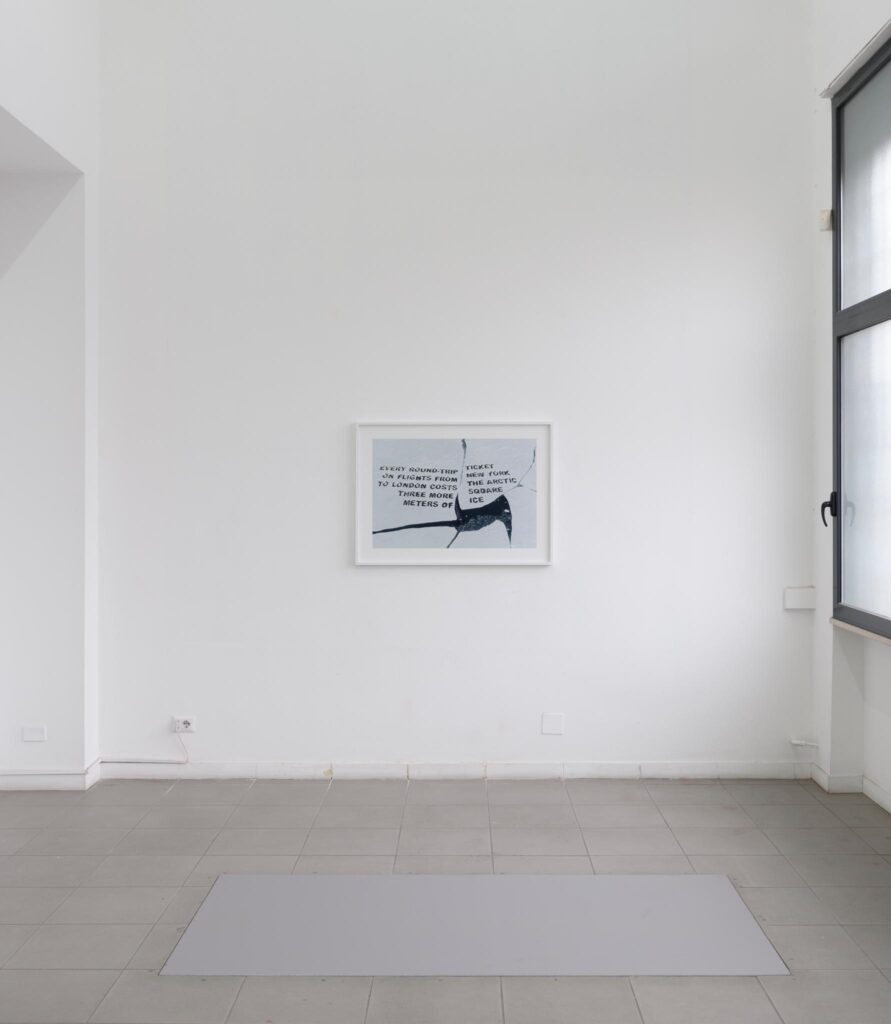
In and Against the War on Terra, 2021, installation view at The Gallery Apart (ground floor), photo by Giorgio Benni 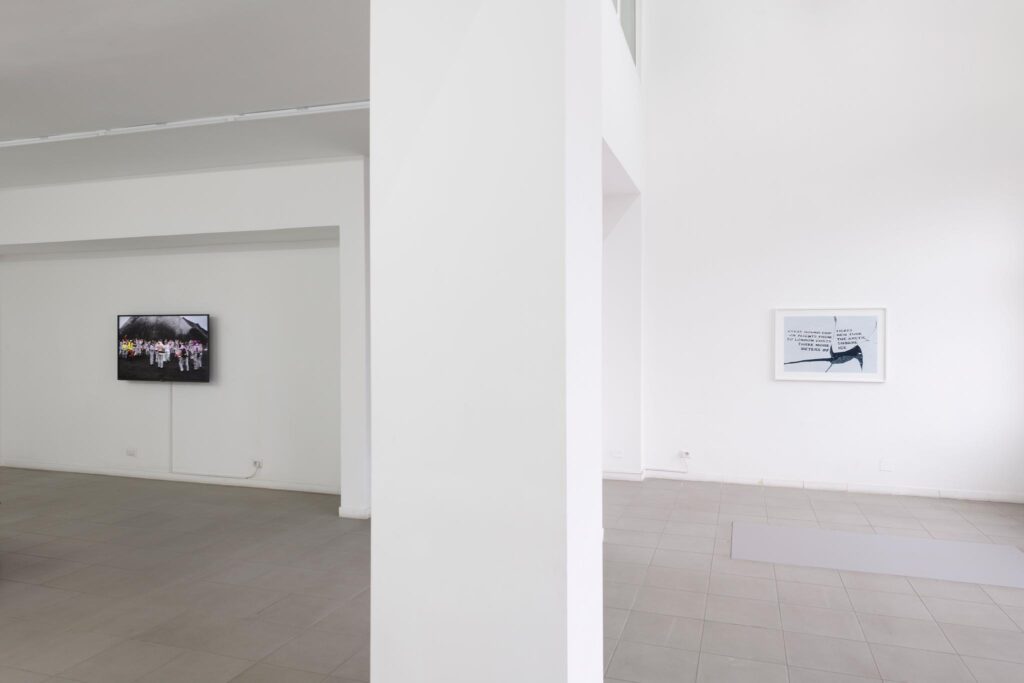
In and Against the War on Terra, 2021, installation view at The Gallery Apart (ground floor), photo by Giorgio Benni 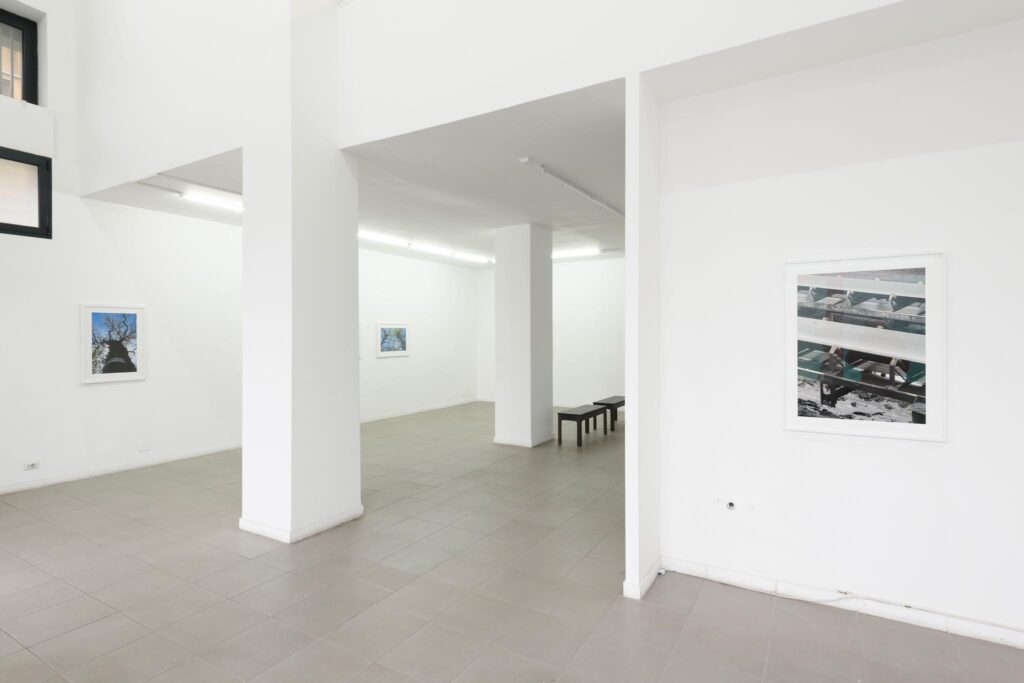
In and Against the War on Terra, 2021, installation view at The Gallery Apart (ground floor), photo by Giorgio Benni 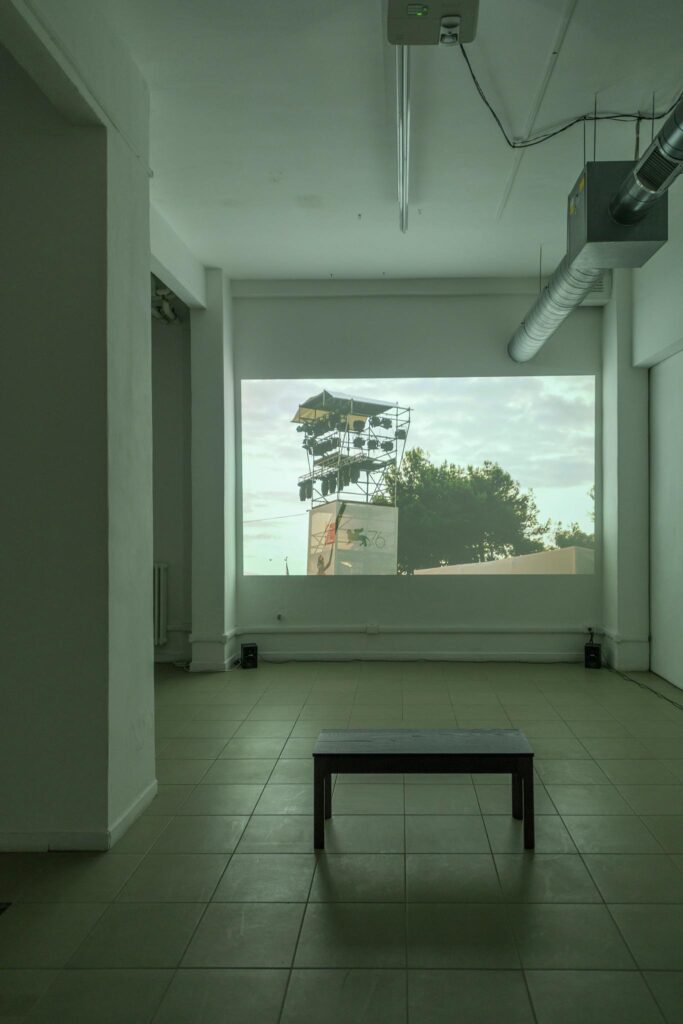
In and Against the War on Terra, 2021, installation view at The Gallery Apart (basement), photo by Giorgio Benni 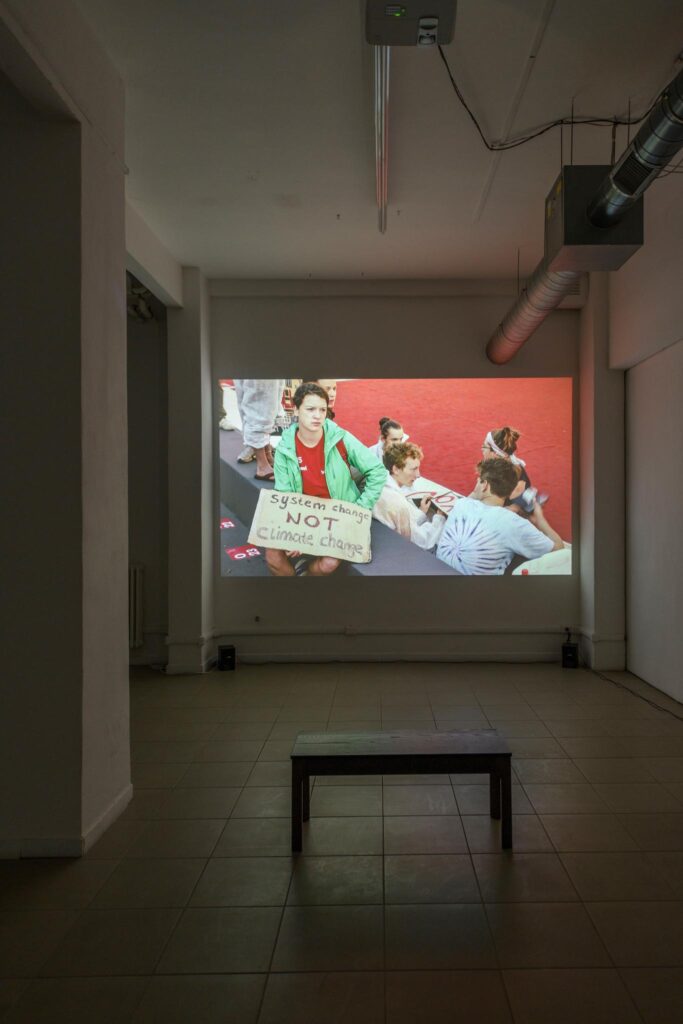
In and Against the War on Terra, 2021, installation view at The Gallery Apart (basement), photo by Giorgio Benni
Works
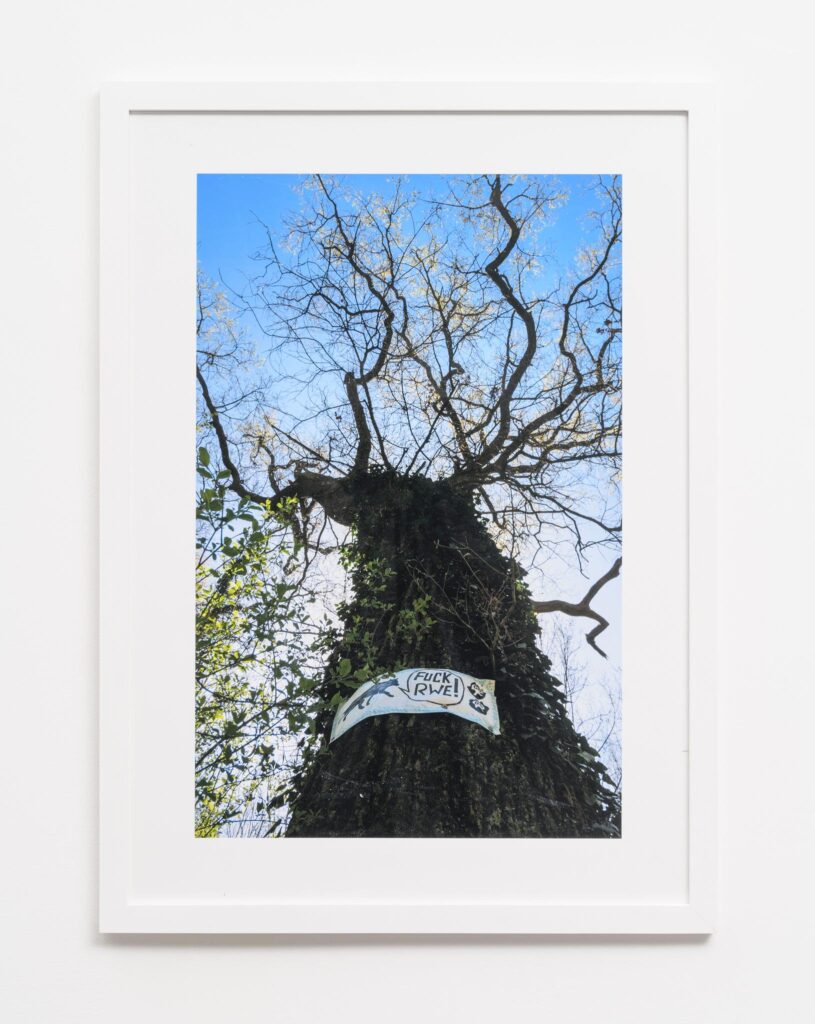
How is the Air up There?, 2018, digital print, 89 x64,5 cm (framed), Edition 5+1 AP, photo by Giorgio Benni 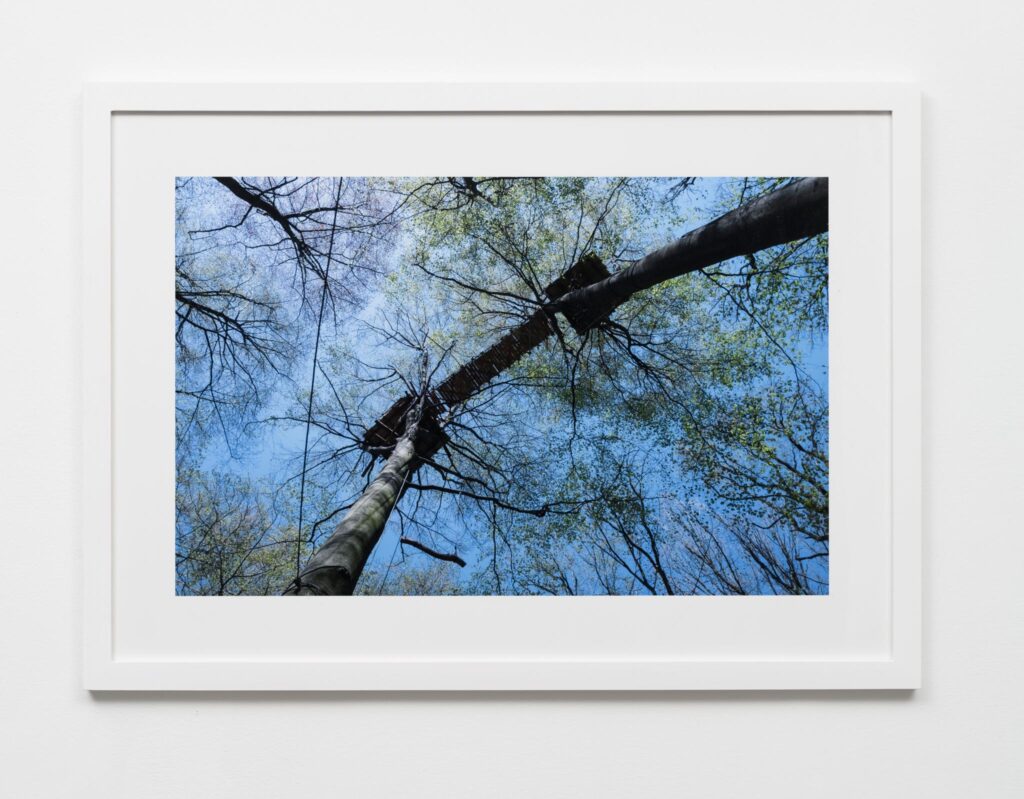
How is the Air up There?, 2018, digital print, 64,5 x 89 cm (framed), Edition 5 + 1 AP, photo by Giorgio Benni 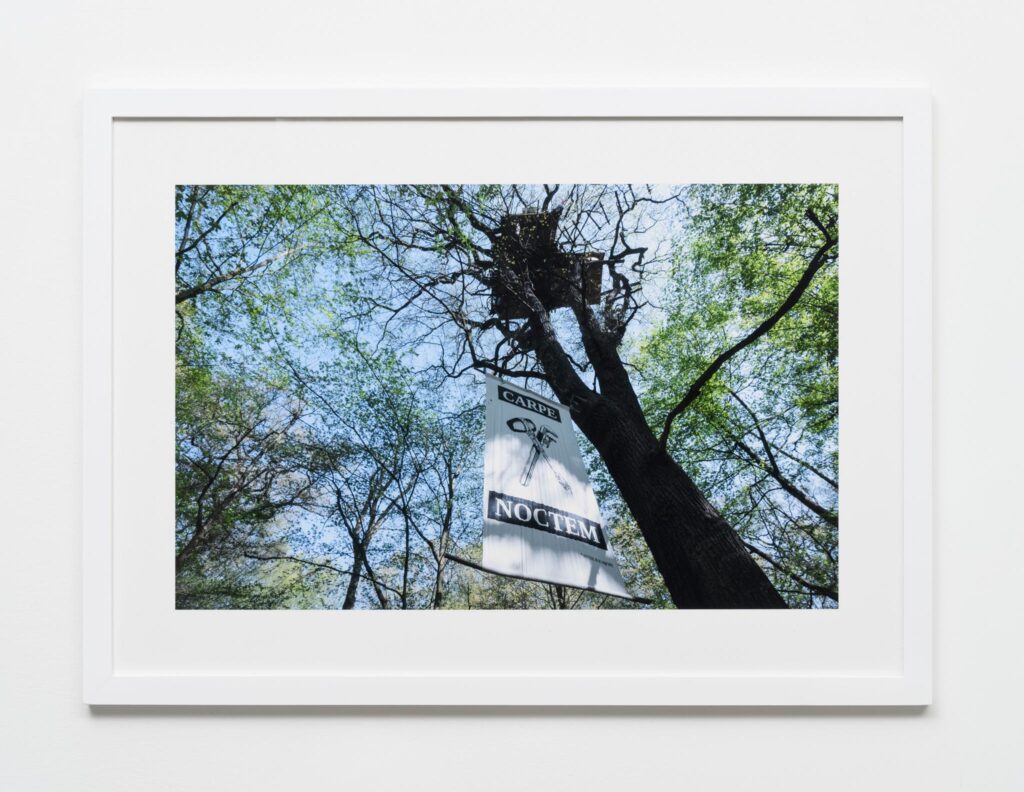
How is the Air up There?, 2018, digital print, 64,5 x 89 cm (framed), Edition 5 + 1 AP, photo by Giorgio Benni 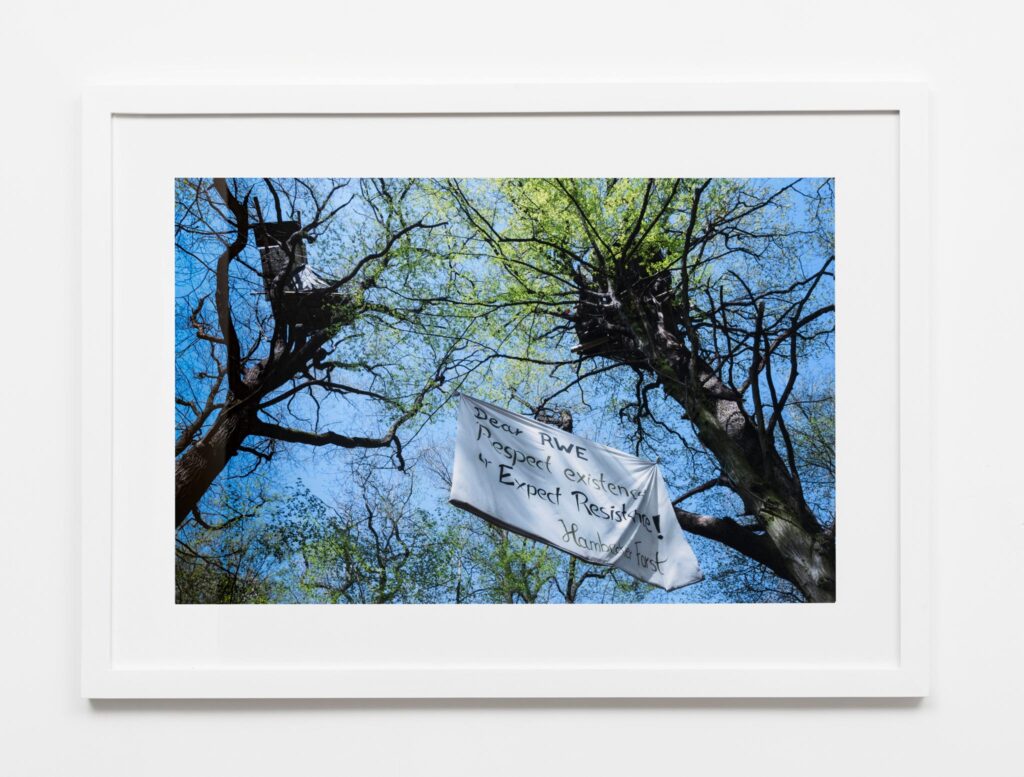
How is the Air up There?, 2018, digital print, 64,5 x 89 cm (framed), Edition 5 + 1 AP, photo by Giorgio Benni 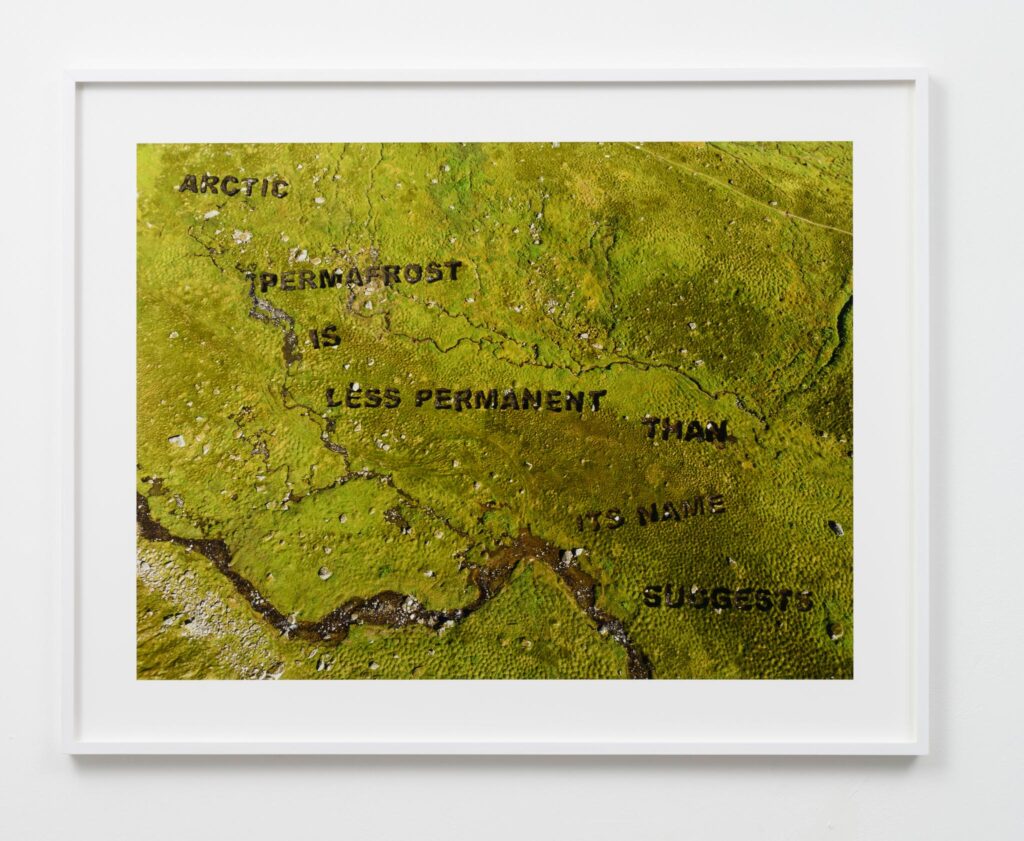
Arctic permafrost is less permanent than its name suggests, 2019, digital print, 82 x 104 cm (framed), photo by Giorgio Benni 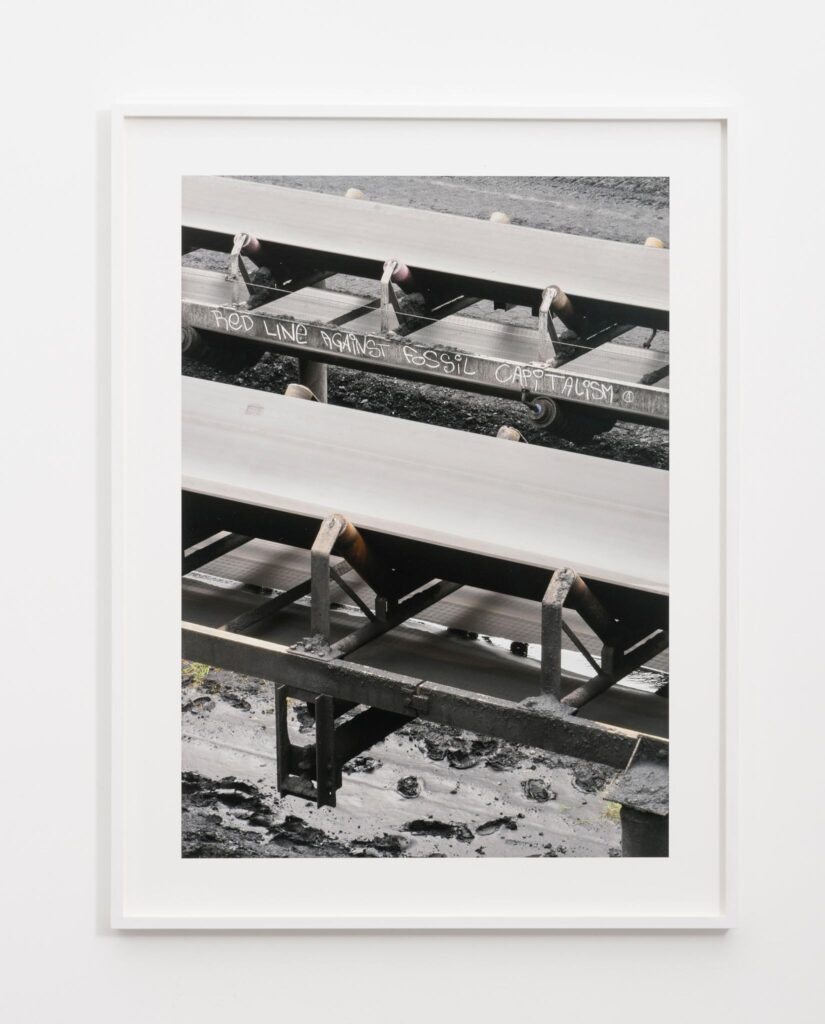
Red Line Against Fossil Capitalism, 2017/2019, digital print, 102 x 76,5 cm (framed), Edition 5+1 AP, photo by Giorgio Benni 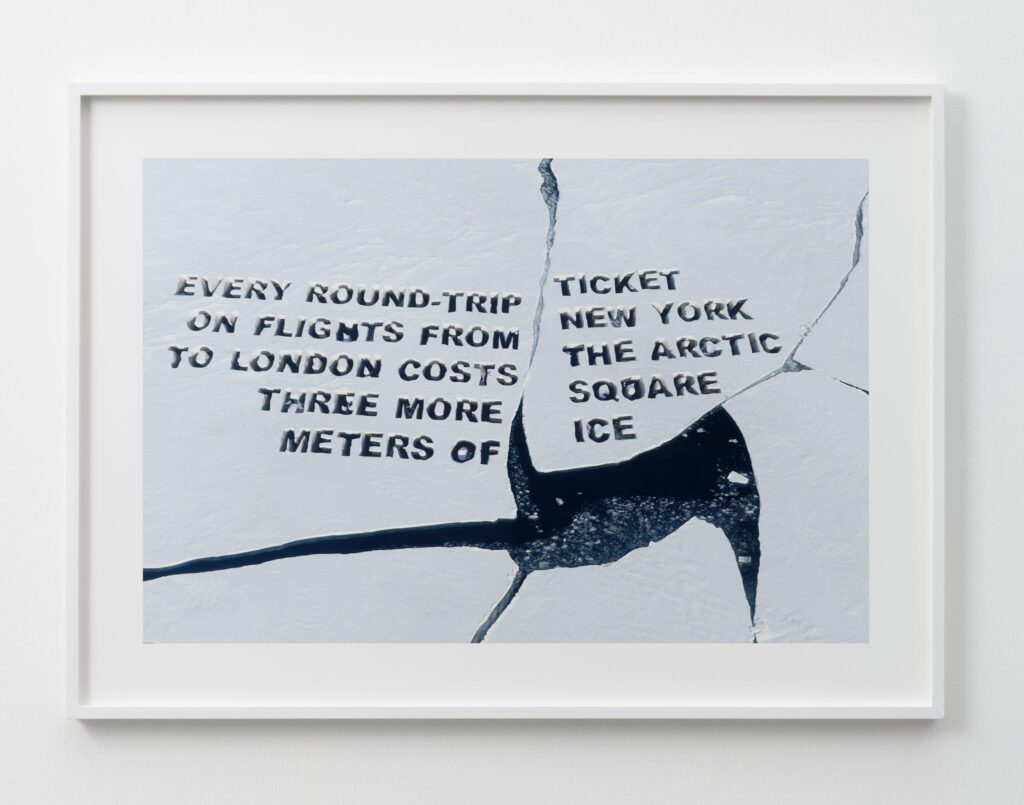
Every round-trip ticket on flights from New York to London costs the Arctic three more square meters of ice, 2019, digital print, 75 x 104 cm (framed), Edition 5 + 1 AP, photo by Giorgio Benni
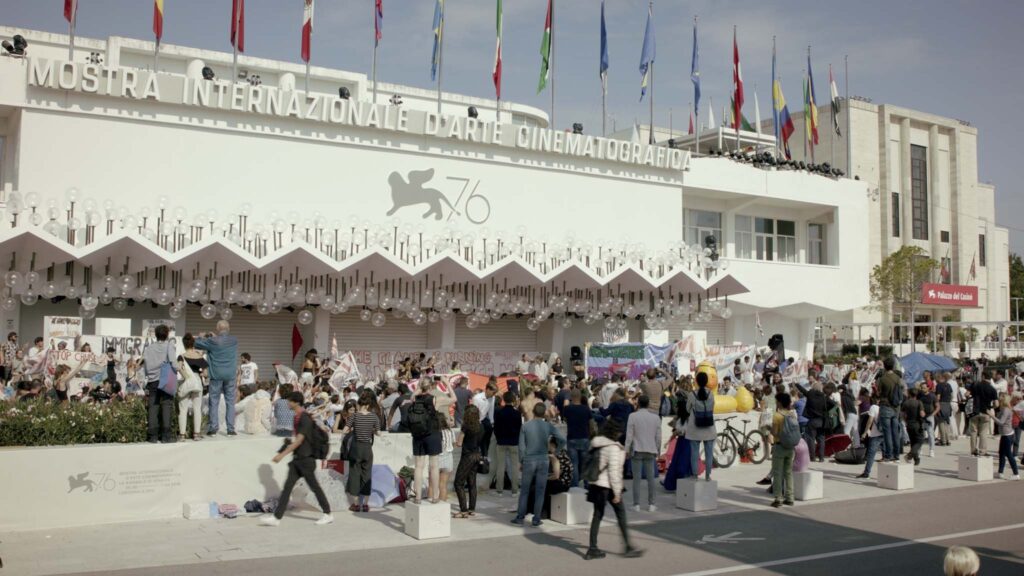
Everything’s coming together while everything’s falling apart: Venice Climate Camp, 2020, video 21 min., 4K, AT, Edition 7 + 1 AP
In his second solo exhibition at The Gallery Apart, Oliver Ressler presents films and photographic works focused on the climate justice movements and forms of resistance to the wrecking of the Earth’s climate – and the basis of human existence. The title “In and Against the War on Terra” points to the fact that everyone is more or less conscripted into the War on Terra through the blackmail of survival, but it is still necessary to oppose that war at the same time.
The central piece in the exhibition is Ressler’s 6-channel video installation “Everything’s coming together while everything’s falling apart” (2016-2020). It follows the climate justice movement and its struggles to dismantle an economic system heavily dependent on fossil fuels. The work records key events for the movement, connecting many situations, contexts, voices and experiences.
In the first film, activists contest the UN Climate Change Conference in Paris in 2015. The film on the Ende Gelände action shifts the focus to a massive civil disobedience action at the Lusatia lignite coal fields (near Berlin). The film on the ZAD (zone à défendre) focuses on Europe’s largest autonomous territory, which emerged from the struggle against a new airport at Nantes in France. The film on Code Rood highlights a civil disobedience action in June 2017 at the port of Amsterdam, Europe’s second-largest coal port. The fifth film leads us directly into the blockade of Bílina coal mine in Northern Bohemia in the Czech Republic in 2018. The most recent film “Everything‘s coming together while everything‘s falling apart: Venice Climate Camp” (21 min., 2020) celebrates the Venice Climate Camp of September 2019, during which 200 activists forced their way into the Venice Film Festival enclosure, where they occupied the red carpet for nine hours.
The exhibition also showcases a cycle of photographs, “How Is the Air Up There?” (2018). This series was shot in Hambacher Forest, where Europe’s longest lasting tree-top occupation is ongoing, preventing its planned destruction by clear-cutting in order to enable the energy company RWE to exploit lignite. Police have tried to evict the occupation, tearing down barricades, tree houses and kitchen facilities; a court order for the suspension of the Hambach Forest clearance in 2018 can be considered a huge victory of the protesters. “In and Against the War on Terra” is complemented by various photographic works referring to the climate crises, pointing towards the irreversible damage done to the planet and all forms of life on it.
Global warming has been a central theme in Oliver Ressler’s artistic practice from the outset. One of his first solo exhibitions was “100 Years of Greenhouse Effect” at Salzburger Kunstverein (1996), drawing on the 1896 text by Svante Arrhenius, “On the Influence of Carbonic Acid in the Air upon the Temperature of the Ground”, in which the Swedish scientist informed colleagues of his calculation that the average global temperature would rise over the long term as a result of the carbon dioxide produced by humans. This text opens a discontinuous debate on the greenhouse effect. Other projects referring to various aspects of global warming are the 3-channel slide installation “For A Completely Different Climate” (2008), the film “Leave it in the Ground “(2013), and the large-scale outdoor billboards “Failed Investments” (2015) that appeared in Poland and Italy. All works point towards the necessity to adapt the way we live and the necessity to establish new ways of organizing society that take into consideration the failure of our democratic institutions and an economic system that led to the crisis and enforced it. As the artist himself states, “This problem has to be managed in a way that also includes a redistribution of wealth and that recognizes the climate debts the Global North has to the Global South. I still have the feeling that it is not too late. If we can pull together the energy of millions of people globally and mobilize this, we can still avoid the most damaging results of catastrophic warming. But we really need to hurry up!”
With the collaboration of Forum Austriaco di Cultura, Rome
In occasione della sua seconda mostra personale presso The Gallery Apart, Oliver Ressler presenta opere fotografiche e film incentrati sui movimenti per la giustizia climatica e sulle forme di resistenza alla distruzione del clima terrestre – e delle basi dell’esistenza umana. Il titolo “In and Against the War on Terra” indica il fatto che tutti sono più o meno arruolati in questa Guerra attraverso il ricatto della sopravvivenza, una guerra tuttavia a cui nello stesso tempo è ancora necessario opporsi.
L’opera centrale della mostra è l’installazione video a 6 canali ” Everything’s coming together while everything’s falling apart” (2016-2020). I video si soffermano sulle attività del movimento per la giustizia climatica e sulle lotte per smantellare un sistema economico fortemente dipendente dai combustibili fossili. Il lavoro registra eventi chiave per il movimento, collegando molte situazioni, contesti, voci ed esperienze.
Nel primo film, gli attivisti contestano la Conferenza delle Nazioni Unite sui cambiamenti climatici svoltasi a Parigi nel 2015. Il film sull’azione “Ende Gelände” sposta l’attenzione su una massiccia azione di disobbedienza civile nelle miniere di lignite in Lusatia (vicino Berlino). Il film su ZAD (zone à défendre) si concentra sul più vasto territorio autonomo d’Europa, risultato della lotta contro la costruzione di un nuovo aeroporto a Nantes in Francia. Il film su Code Rood evidenzia un’azione di disobbedienza civile nel giugno 2017 nel porto di Amsterdam, il secondo porto d’Europa per movimentazione di carbone. Il quinto film ci porta direttamente al blocco della miniera di carbone di Bílina nella Boemia settentrionale nella Repubblica Ceca nel 2018. Il film più recente “Everything‘s coming together while everything‘s falling apart: Venice Climate Camp” (21 min., 2020) celebra il Venice Climate Camp del settembre 2019, durante il quale 200 attivisti si sono introdotti nel recinto del Festival del cinema di Venezia, dove hanno occupato il tappeto rosso per nove ore.
La mostra presenta anche un ciclo di fotografie, “How Is the Air Up There?” (2018). Questa serie è stata realizzata nella foresta di Hambacher, dove è in corso la più lunga occupazione europea in cima agli alberi al fine di impedirne il taglio pianificato per consentire a RWE di sfruttare la lignite. La polizia ha cercato di sfrattare gli occupanti, abbattendo barricate, case sugli alberi e strutture per la cucina; tuttavia un ordine del tribunale nel 2018 per la sospensione dell’autorizzazione allo sfruttamento della foresta di Hambach può essere considerato un’enorme vittoria dei manifestanti. “In and Against the War on Terra” si completa con opere fotografiche che si riferiscono alle crisi climatiche, indicando il danno irreversibile arrecato al pianeta e a tutte le forme di vita su di esso.
Il riscaldamento globale è stato un tema centrale nella pratica artistica di Oliver Ressler sin dall’inizio. Una delle sue prime mostre personali è stata “100 anni di effetto serra” al Salzburger Kunstverein (1996), ispirata al testo del 1896 di Svante Arrhenius “Sull’influenza dell’acido carbonico nell’aria sulla temperatura del terreno”, dove lo scienziato svedese informava i colleghi che, in base ai suoi calcoli, la temperatura media globale sarebbe aumentata a lungo termine a causa dell’anidride carbonica prodotta dall’uomo. Questo testo ha aperto un dibattito sull’effetto serra che si è sviluppato in modo discontinuo. Altri progetti che fanno riferimento a vari aspetti del riscaldamento globale sono l’installazione di diapositive a 3 canali “For A Completely Different Climate” (2008), il film “Leave it in the Ground” (2013) e i cartelloni pubblicitari su larga scala “Failed Investments “(2015) apparsi in Polonia e in Italia. Tutti i lavori focalizzano la necessità di adattare il modo in cui viviamo e la necessità di stabilire nuove modalità di organizzare la società che tengano conto del fallimento delle nostre istituzioni democratiche e di un sistema economico che conduce alla crisi e ne materializza le conseguenze. Come afferma l’artista stesso, “Questo problema deve essere gestito in un modo che includa anche una ridistribuzione della ricchezza e che riconosca i debiti climatici che il Nord globale ha verso il Sud globale. Ho ancora la sensazione che non sia troppo tardi. Se riusciamo a riunire l’energia di milioni di persone in tutto il mondo e mobilitarle, possiamo ancora evitare i risultati più dannosi del riscaldamento catastrofico. Ma dobbiamo davvero sbrigarci!”
In collaborazione con Forum Austriaco di Cultura, Roma
share on